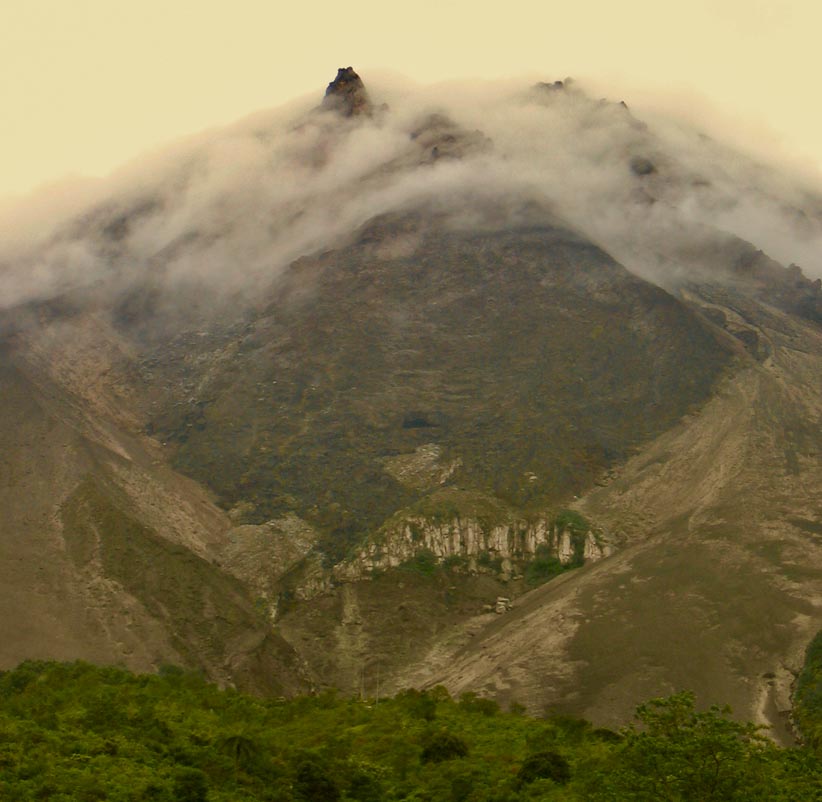
Gunung Merapi, Java
IN THE MYSTERY OF THE MIST OF FRAGRANCE
Living where I live—here in the Pacific Northwest—I’m constantly ambling in the rain and mist; and I note that scent of place is invariably mist-borne. The ocean calls out many stories, carries many fragrances, the molecules of sea-life, saline fragrances come from the exploding waves—and here, deep in the old forest—roots, mushrooms and other fungi, tell their own stories of roots, circulating mycelia, wet barks, deep humus and the tar of the trees, rich with resinous fragrances that intermingle in the ecosystem. And, in the storytelling of the image above, the great fire starter, the Fire Monster,
Gunung Merapi, the volcano we climbed in Indonesia.
The scent of a location?
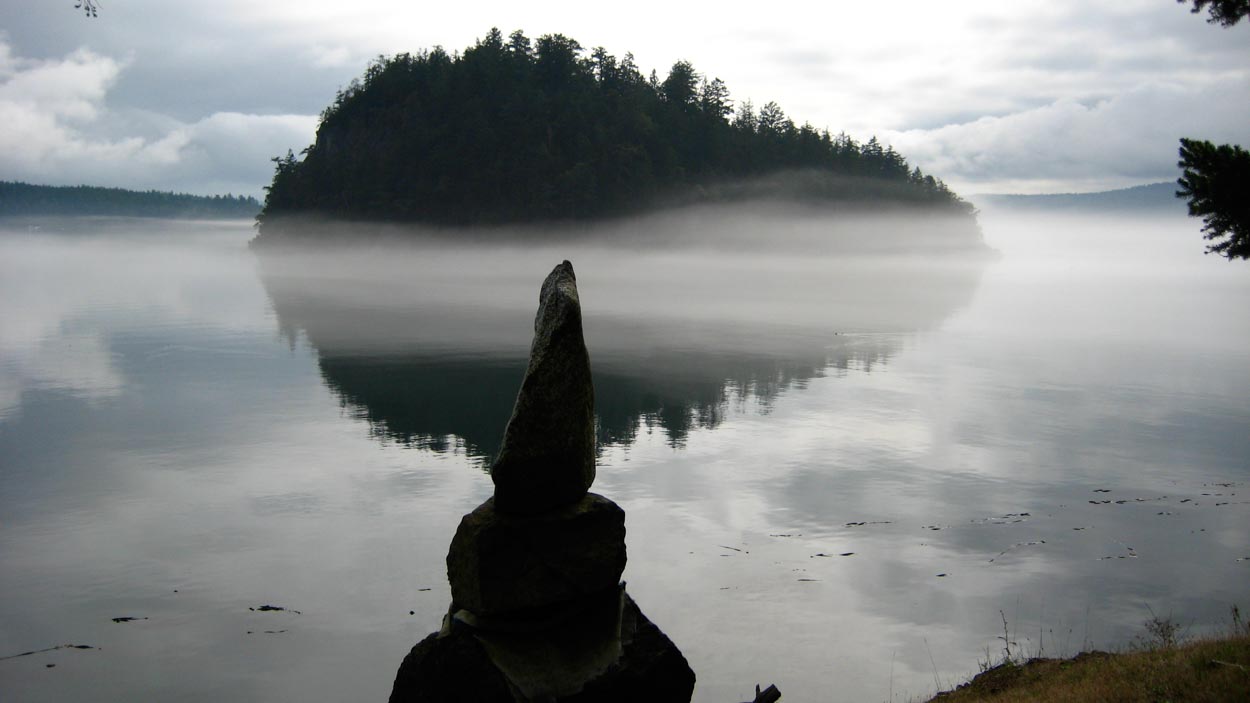
These are places.
And intriguingly, everything about scent is place—for the in the experientiality of perfume, place-making is the way of memory. Memory and mind are linked etymologically,
historically in the evolutions of their usages,
and they speak to meaning.
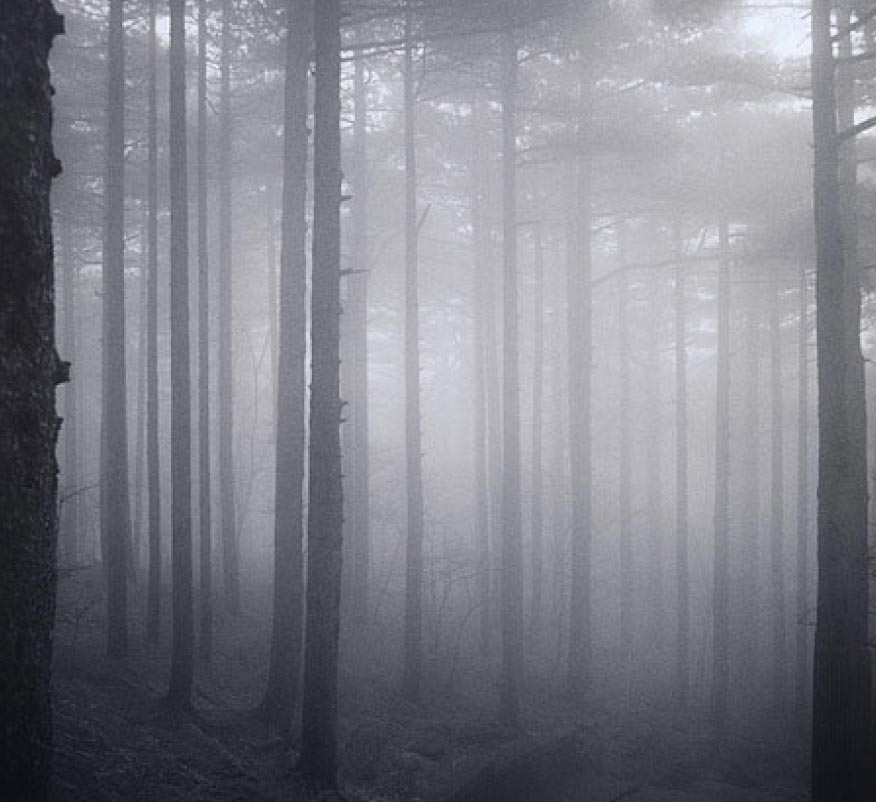
That comes down to—“you’re here in this place, what’s it smell like?”
Everywhere you go, there is a fragrance—the perfume of place.
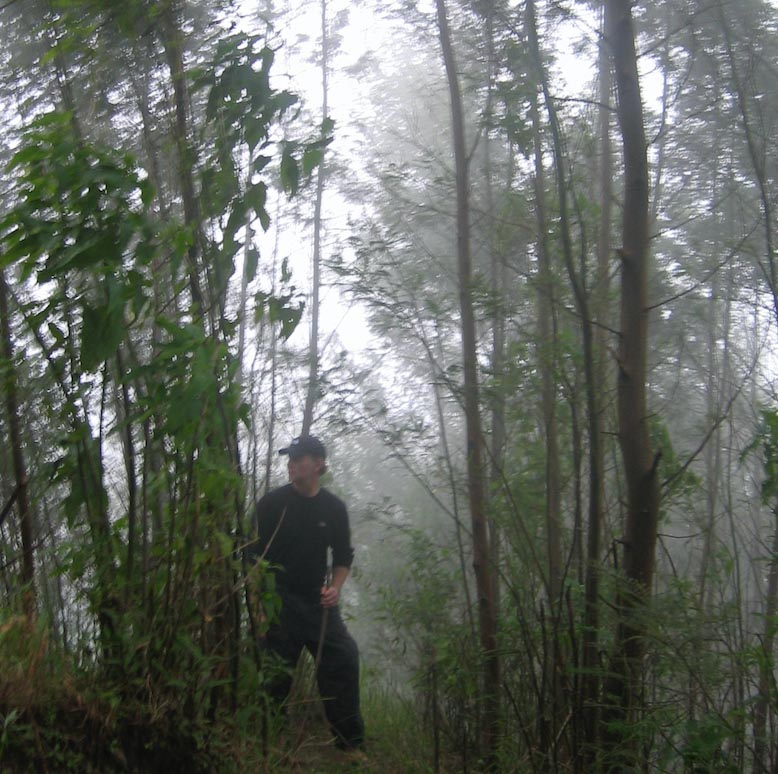
In my own history, I not only study the experience of the where that I am—
but what it smells like. When I walk in—anywhere—immediately, I’m thinking,
“what’s that scent, what are the notes, layers of fragrance, that are embedded in this place?”
Could be building dust. Could be plants. Wet floorboards. Fresh sheetrock or hot sheet metal.
Rain on concrete. Food. Wildfire smoke.
These days, could be cleansers, bleach or sanitizers.
Or hot, wet asphalt.
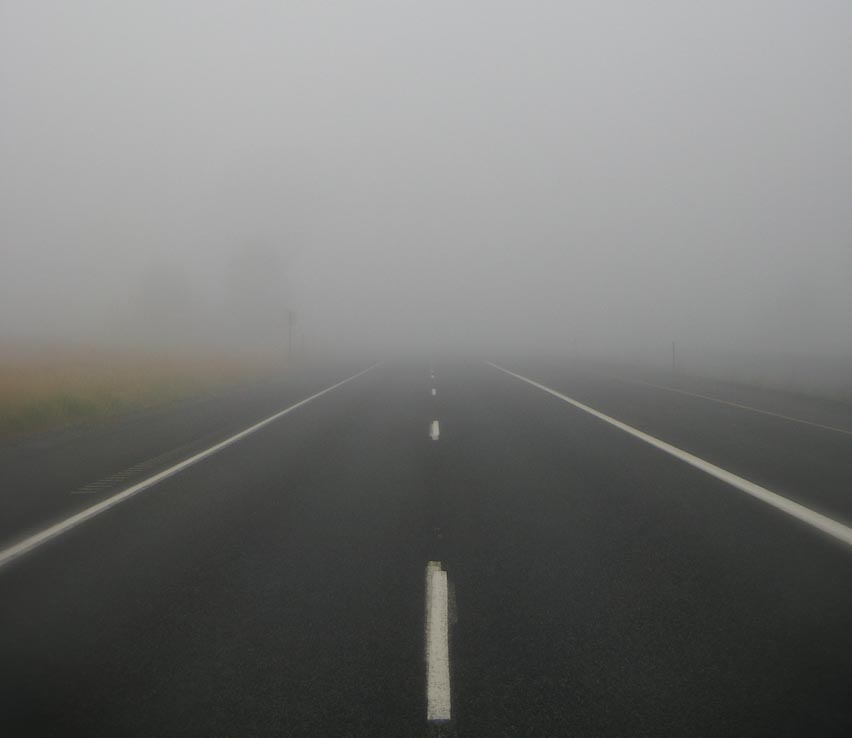
And that could be the woods, nature, soil—
or it could be, as above, the street.
There are scents there, as well.
Downtown perfumes.
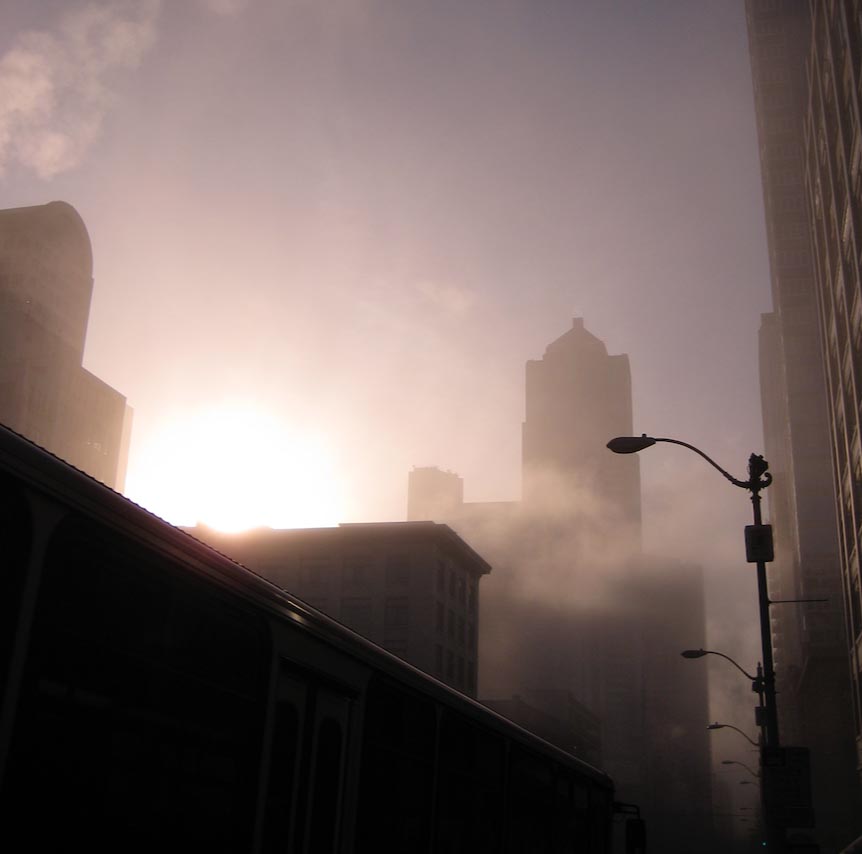
In many of my personal wanderings—I’m going to places that are specific to scent—
perfume manufactories, scent and flavor houses, perfume and fragrance designers:
the noses, and the particulars of places that utilize scent, even incenses or kindled scents.
These are places that try to lay a fragranced character
by inserted perfumes infusing their places.
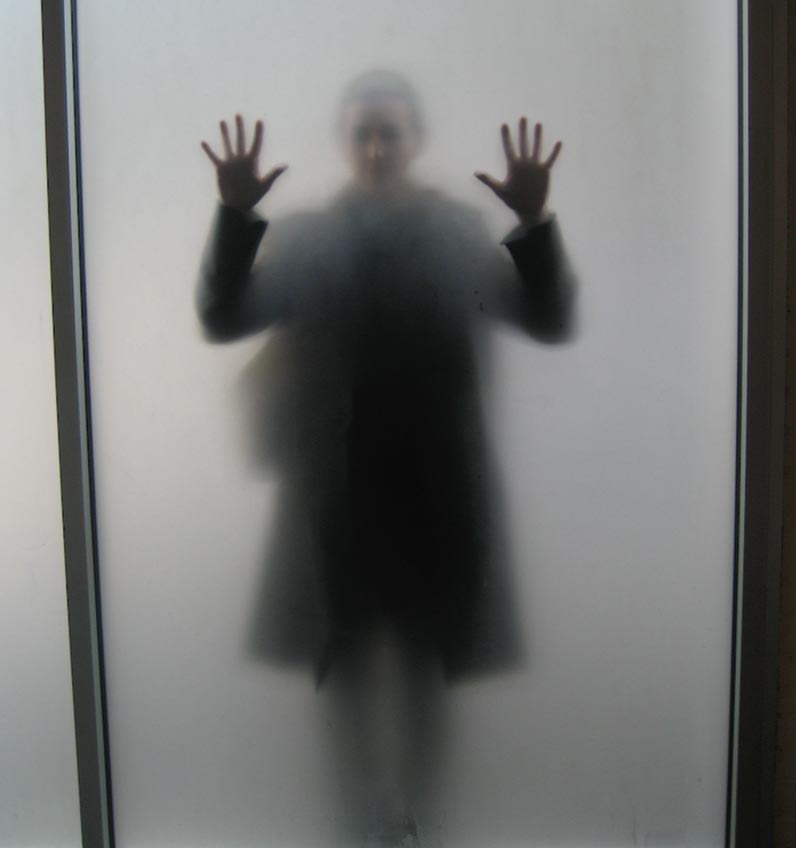
I travel farther into the scented places—
where scent speaks to contemplation
of the divine and worship.
Perhaps my whole life, the idea of scent and smoke—the perfume of fire—is the seed of my relationship to scenting. It is the beginning: the proposition of the smell of things—and the transmutation of things burning, those that are burnt and and those being transformed, their molecules being
newly released is perhaps
the most fundamental process of offering scent to the air—
and to those that might smell it.
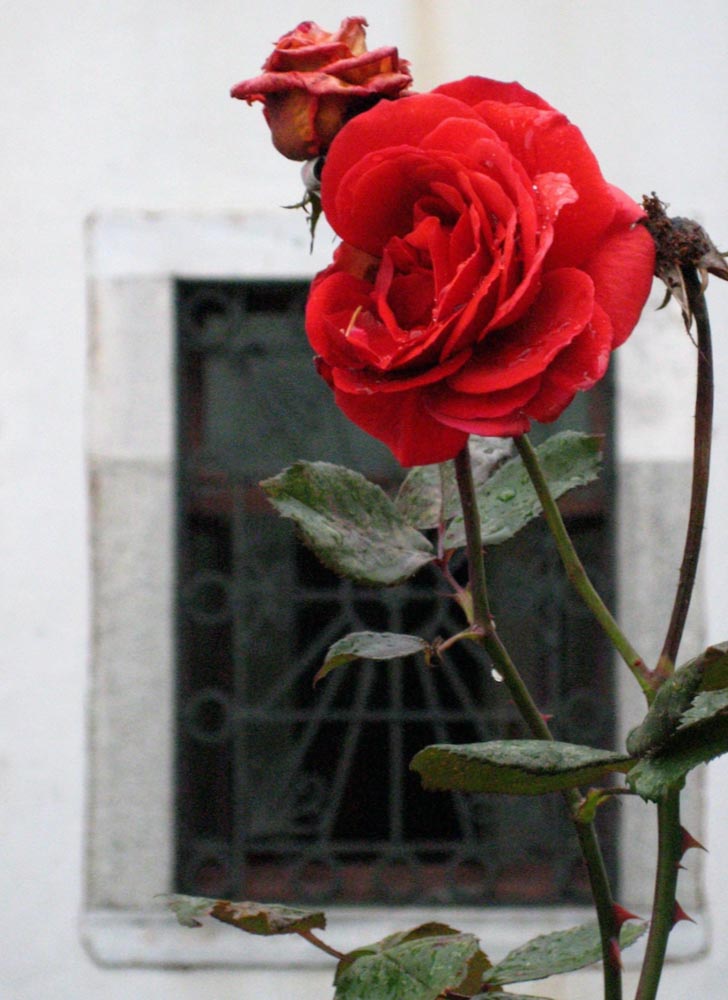
Tokapi Sarayi, Istanbul, Turkey
Of course, the nature of the emanation of fragrance from flowers and other natural elements is another layer of early, simple experience in the spread of fumes. That is part of the origination, for the ancient scent-master—“how could that smell of warming honey be transposed, so it can be recalled, experienced again?” Note design and sequencing as any aficionado knows.
The psychic state of that “scentual” touch—
that one composite of scent and experience—becomes and is
a memory held to heart and sensation forever.
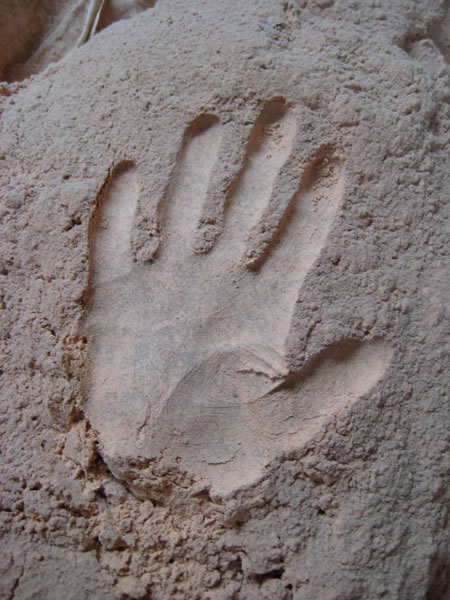
Powdered fragrances in an incense pressing bin, from an incense manufactory, Thimpu, Bhutan.
S C E N T, P L A C E
A N D A T T E N T I O N A L I T Y
As brand strategists and designers, the work for us is about exploring and defining the detailing of experience layering—the tiers of touch-points that define a place in memory, as noted in the very beginning of this overview. Any powerfully endowed brand isn’t a forgettable premise, it’s a story that is taken to heart by an experiencer. Scent is a node of that tactical expression.
These first glints of fragrance are, for me, perpetually tied to the layering of smoke infusions that ring back the hearth of opening connections to the notion of smell. It’s important to even bear in mind that the idea of conscious fragrance—“I am here, right now, and what am I smelling? Many people don’t smell what is in their sense of place. Walking back in the history of that tiered experience in my circle of sentience, there is: “light, hay, wet, dust, gasoline, heavy oil, fowl, diesel and dirt.” The more one walks that path, to being conscientious of the containment of scenting, every place of being “held” will be observed in olfaction.
Inhale and know. Scent and remember.
THE ETYMOLOGY OF FUME
Smoke and scent is ancient—and in reaching back in the etymological bridge to the past—you will find that fume is drawn from the Proto Indo European *dhumo. The PIE are primeval tongues, and fume, in the distant and ancient heart of our seed languages, is Sanskrit: dhumah, Old Church Slavic: dymu, the Lithuanian: dumai, Old Prussian dumis “smoke,” the Middle Iranian dumacha, or “fog,” and finally the bridge from the ancient world to the “modern”—Greek: thymos which is “spirit, mind, soul”. These are ancient words, expressions which thrived centuries before the Greco-Roman era. The bridge to the Latin, fumare, “to smoke, steam” and to the Old French—fum “smoke, steam, vapor” is a more recent positioning—600 years back, to 1000 years ago. But that underlying concept of a scent mist or fog—that might be many centuries before the common era. And by the conceptual and linguistic bridges of centuries, smoke, reek, funk, toke, smog, smother, smolder, camouflage, dust, flue, vaporize and yen—there are strings.
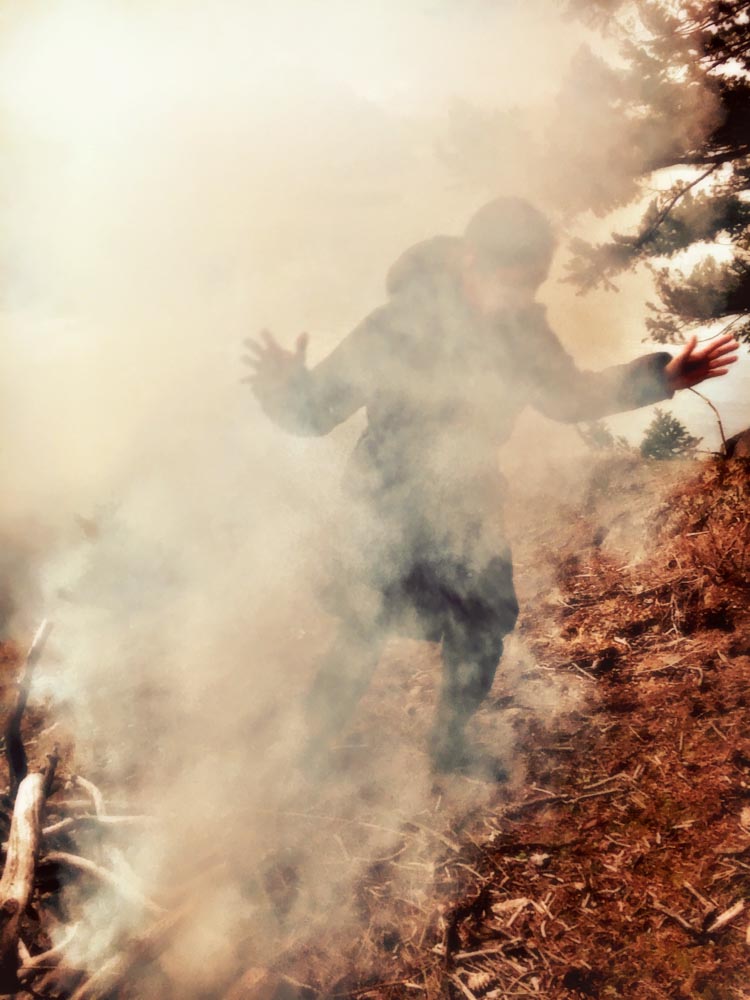
In the smoke, in stones and sunlight, infusing place.
I believe that the notion of scent and smoke, sacredly intertwined, lies at the beginnings of manufactured smell. Fire and cense, fume align, and carries the spirit aloft, to be experienced by many. While one might imply that it is crude by comparison to the essential liquid, misted dispersion—
fume is the ancient soul of fragrance-making.
S C E N T, M E M O R Y A N D
S T O R Y T E L L I N G I N P L A C E
Two stories of smoke and scent, stories that I’ve told before, but unforgettable—two ranges of telling: one from the plains of Colorado, the other, the Himalayas. The first, from the farm of my family. The other from high monasteries at the top of the world.
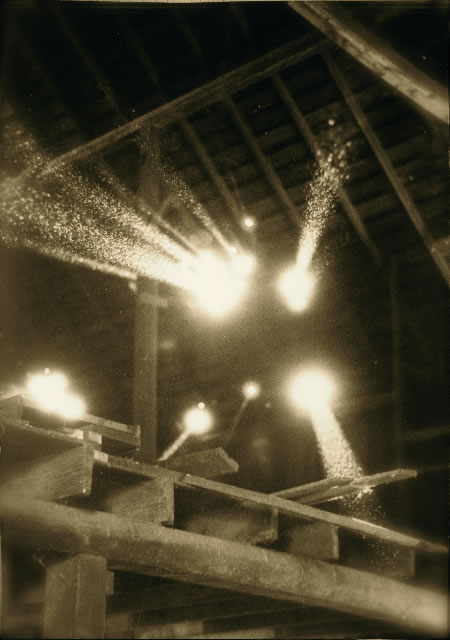
The particulate light, in scent-dusting in a barn.
(Photo credit © Dawn Clark)
I can recall deep scent, the synesthetic, crossed visualization of smells, from my family’s farm—and much of that recollection comes from fire. My grandfather was a man that could seemingly do anything, in keeping his farm, my father’s childhood farm, running—even, to winding up the bellows of his forge and hammering out what he needed of heated metal on the anvil. That primeval forging is a center-point to my memories, since there’s a lot on the farm that has to do with combustion—big engines, harvesters, grains and transportation, generators and gas. These are a olfactory layering in the dark of his workshop, a repair space with a hardened earth floor, tools everywhere, dimly lit—and the smells of action: diesel, wet and dry hay, motor oil, grease and lubricants, sweat, hot metals, sparks and grating steel,
seared iron and boiling water, bailing twine,
crushed grains and a deep scent note of rat shit.
Everything, however, is tinged in the thurifer of smoke—it’s a concretion of all the smells. The farm as an experience for a young person was complex and profound—add the sensitivity of the sensate experience and it becomes overwhelming. Working in a barn, milking cows—and getting kicked by one, walking the cowshed, chicken coop, farm garage or toolshed, scent rises as one moves through the place—the fire of stoked forges, hammered anvils, engines, the wavering heat of the mirage plains. These hints of action tint the fragrance of my grandfather, as he came round working—the link between aroma of place and the human factor is immanent, yet ever-changing. I can still recall—as well—the dark scent of the outhouse: unimaginable, yet there it was.
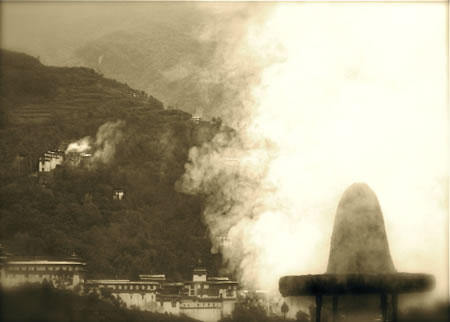
The Himalaya, Dzong temple and monasterial compound, Bhutan.
Chorten incensor in the foreground and across the valley in fortress.
That embedding of memory brought me to other linear expressions of scent experience—of fumes and fire. While I’ve traveled the Himalaya—Tibet and Bhutan, this story is emblematic of many involving smoking scent.
One morning, long before dawn, I walked some distance from the western edge of Lhasa, Tibet, into the center of the city. High above, Potala stood resolute, the glimmering white fortress, as it has for centuries. Making my way out in the dark, to The Barkhor, street fires rustle, pilgrims shuffle and chant, whirling their prayer wheels, counting their mala, the rolling beads—each, a prayer chanted.
The morning is alive with scent—it’s the smoky mix of juniper, tars, fir, cedar, ground incense, that is inflected with the moist squalor of the streets, dogs and garbage. Soft winds sort the scent, blowing up the corridors and labyrinthine byways of the streets around the heart of Lhasa, the sacred center of the jewel of Jokhang Temple. The streets are misted with the smoke of the burning.
There is a circular path, that winds around the edifice of The Potala, literally thousands of small yak butter lamps twitter in the light, pilgrims weave, turning hundreds of prayer wheels along the pathway, and massive chorten-shaped stupas hold sacral fires that fog the paths and streetways in the mist of the sacred.
All the layers of the fragrance
shift in the air, aromas that mix and merge in magical convergence, conveyed in smoke.
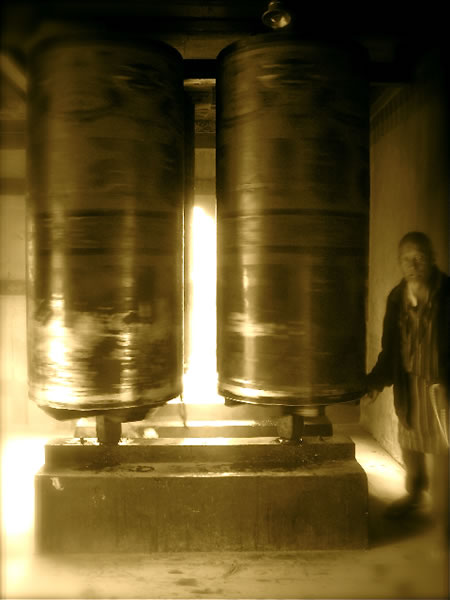
Bhutan: in the diffused, smoke-filled interior of a Vajrayana Buddhist temple, giant prayer wheels turn in the incensed air, with a wizened practitioner aiding the cyclinders in their endless spinning.
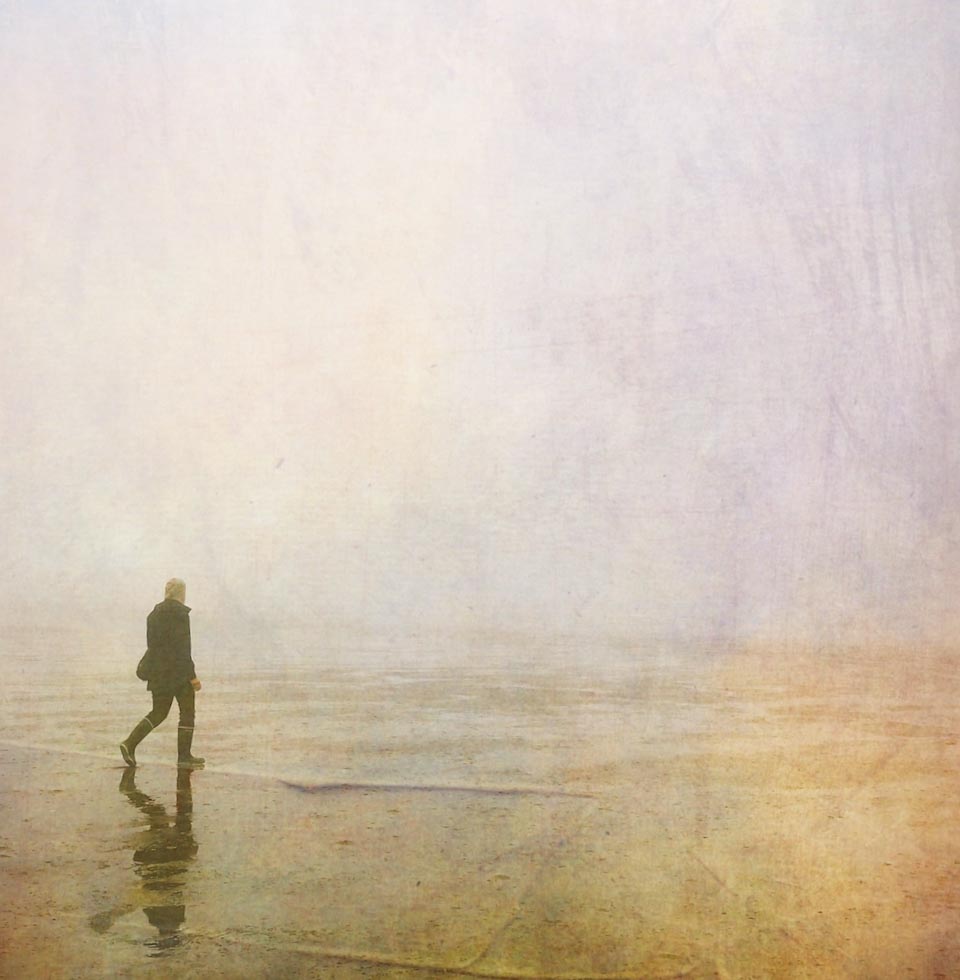
In reflecting on the character of aroma—how it is conveyed, on the wind of the ignited moment,
the mist of the sea—so too the incense of the powdered tinder,
the smoke swirls and curls in the air, traveling like a prayer
on the edge of the conscious, newly attuned to the experiencer.
As designers, brand or otherwise, we take into consideration the tiering of touching sensuality—all the ways in which we know how to be thinking about experience management, and how those elements can be orchestrated. Of which scent is but one of the components of our considerations.
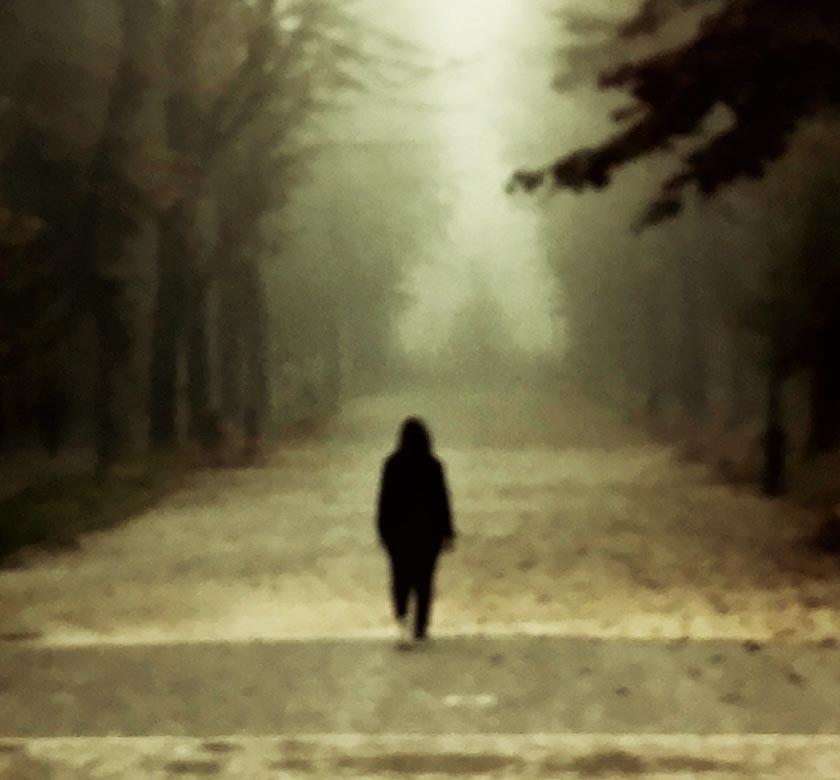
Dawn Clark, Venezia, Italia | Biennale
Well come to the realms of revelation: of fire, substance, mist and smoke.
Tim Girvin | Seattle + Copalis Beach
GIRVIN | Strategic Branding & Design
Founded 1976
Facebook LinkedIn Instagram Behance